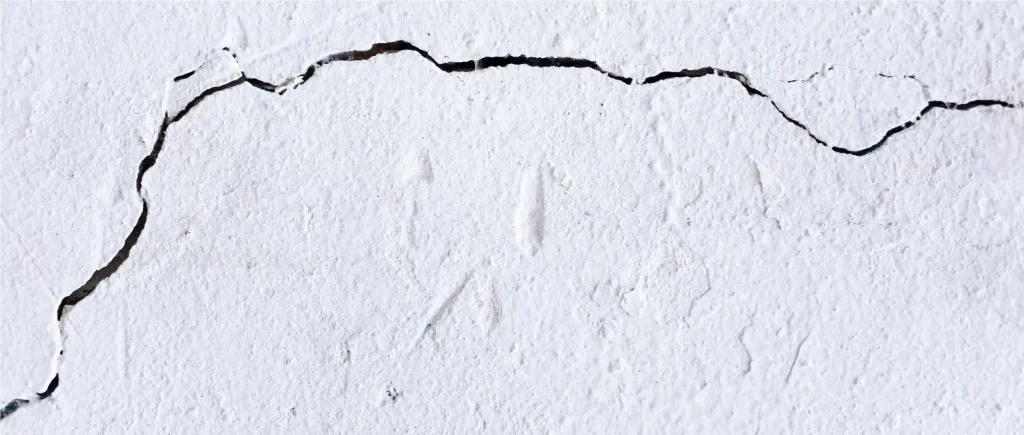
Last year, mortgage lending slowed to a crawl. So, the lending industry had some extra time on its hands. Fannie Mae and Freddie Mac took advantage of some of that extra time to go over the loans they purchased in the sizzling hot market of 2020-21. During those frenzied months, underwriters were under pressure to close high volumes of loans.
When the dust settled, Fannie and Freddie found plenty of loans whose underwriters missed some things, perhaps not thoroughly checking the borrower’s documents. These errors could lead to flawed estimates of a borrower’s risk.
With nearly $10 trillion of loans issued in the hot market, the number with defects adds up to some $25 billion. Fannie and Freddie can’t hold these bags. Their legal standards rule them out. So they send these hot potatoes back to the lenders.
What Happens When Imperfect Loans Get Sent Back to the Originators?
First, the original lender needs to pay to reclaim these loans. Then, the lender does some repair work on the loans.
In normal times, the value in such loans are discounted — around the 5%-off range. But today, these loans can be discounted by around 25%, which means taking losses of many tens of thousands of dollars per loan.
Doing repair work on an imperfect loan (called “curing” the loan in industry lingo) often means contacting the homeowner and persuading that person to do something. Maybe it means asking the homeowner to pay for more insurance coverage. Maybe the bank wants the homeowner to refinance into a picture-perfect loan. But interest rates shot up in 2023. Who wanted to refinance their home loans when interest rates spiked? It became unreasonable to ask homeowners to save the day for their lenders.
At the end of the day, if the homeowner refuses the requests, the lender can’t just force the change. That would offend consumer protection laws.
And if the lender has no way to repair the errors, the loan simply will not be as valuable, because the homeowner is essentially keeping an erroneous discount on their monthly payments. That means investors aren’t getting their optimal returns.
So, the loan will be harder for the lender to resell into the market. It winds up in the scratch-and-dent (S&D) category. And that, dear readers, is how a market for S&D loans is made.
A Market? Yes, People Invest in S&D Loans
Investing in mortgage loan notes is a thing. These are simply ordinary people’s home loans. If you have a mortgage, and you’re faithfully repaying the required portion with interest each month, then you have a performing loan. That’s the kind investors will pay the highest premiums for.
But loans in the S&D category have some kind of issue. For these mortgage loans, the pool of willing investors is smaller. These loans could come with minor underwriting errors, as we’ve described in the section above. Other possible defects could be:
- A mortgage that closed with insufficient mortgage insurance.
- A loan that closed with errors in the appraisal report.
- A loan that closed with undisclosed defects in the home itself.
- A loan issued with wrong evaluations of a borrower’s job status, expected earnings, or debt-to-income ratio.
- A loan approved although the borrower had failed to submit certain necessary documents.
Errors in income and employment information are the most commonly found.
Investors Get S&D Loans at Discounts — Just Like “Scratch and Dent” Appliances

S&D loans are not the type that have fallen into default and stayed there. Loans in default are steeply discounted as nonperforming loans.
Yet S&D loans, too, are sold to investors at discounted prices — although the discounts they come with aren’t as steep. This is because documentation slip-ups by the lenders tend to be less problematic than actual defaults.
S&D loans can be underperforming loans, but they can also include reperforming loans — that is, borrowers can catch up and turn some of these loans into performers.
For example, a borrower who applied with a 700+ credit score may have had covid-related setbacks. Maybe their score dropped into the 600s. Such borrowers might be on the rebound, and able to get their mortgages back on track.
In short, S&D loans can be good buys. Many can be rehabilitated, increasing their value and the yields paid to investors. When S&D loans are sold in pools, buyers can fetch satisfying returns.
Fannie Mae Adds New Audits—Overreacting?
Effective September 2023, Fannie Mae has had an extra layer of review to its standard operating procedures. Monthly, Fannie must review 750 loans, or 10% of the past month’s mortgage closings. That’s because of an acknowledgement that loans have so many underwriting errors. Having too many scratch and dent loans out there gets risky for the mortgage sphere.
But is the industry overreacting? After all, the hot market of 2020-21 happened in the pandemic context. That made a high-volume period more complicated for lenders to handle. Some lenders let mistakes get by them because they were so pressed for time. On top of that, many offices were thrown off track during adjustments to remote and hybrid work.
Now, we know how to handle audio-visual software and we understand remote working procedures. So, while mistakes were made in loan production in recent years, shouldn’t the frequency of errors level out? The dust indeed has settled.
The market now seems to be stabilizing after a surge in interest rates last year. And for that reason, too, underperforming loans aren’t going to be such hot potatoes. Let’s explain why.
Interest Rates Are Coming Back to Earth. Can This Revive the Market for Underperforming Loans?
The discounted value in S&D loans can attract investors, of course. But lenders don’t appreciate getting loans with defects tossed back to them by Fannie and Freddie so far after the fact that it becomes difficult to rehabilitate a lot of these loans. How can they be refinanced to solve the defect, for example, when mortgage rates have shot up?
So, in a context of rising interest rates, scratch-and-dent loans tend to have less value, and get harder to sell to investors.
Finding investors also got harder because of the high-profile failures of three regional banks in early 2023. Those incidents shook the market, and caused a chilling effect among investors. Some of the biggest S&D mortgage investors are, after all, the regional banks.
So, only the lenders who were particularly desperate for cash would sell these loans. Others have been able to hold them, waiting for the loans to regain some of their value.
In 2024, will the market for S&D loans be better? Likely so, but we’ll have to keep a watch on the economy. If we do see a recession, it could come with a new glut of underperforming loans.
Supporting References
Brad Finkelstein, National Mortgage News Magazine, from Arizent: Scratch-and-Dent Volume Appears to Be on the Rise (Mar. 28, 2023; citing figures from Jack Macdowell of The Palisades Group).
Calculated Risk on Finance & Economics, In-Depth Analysis: Tanta on “Scratch and Dent” Loans (Jan. 31, 2007).
Deeds.com: Why Is My Underwriting Taking So Long? (Jun. 29, 2022).
NNG Capital Fund, via LinkedIn.com: What Is a Scratch and Dent Mortgage Loan Note? (Jul. 26, 2021).
And as linked.
More on topics: Mortgage underwriting process, Mortgage reserves
Photo credits: Monstera Production and Bekhir Donmez, via Pexels.
